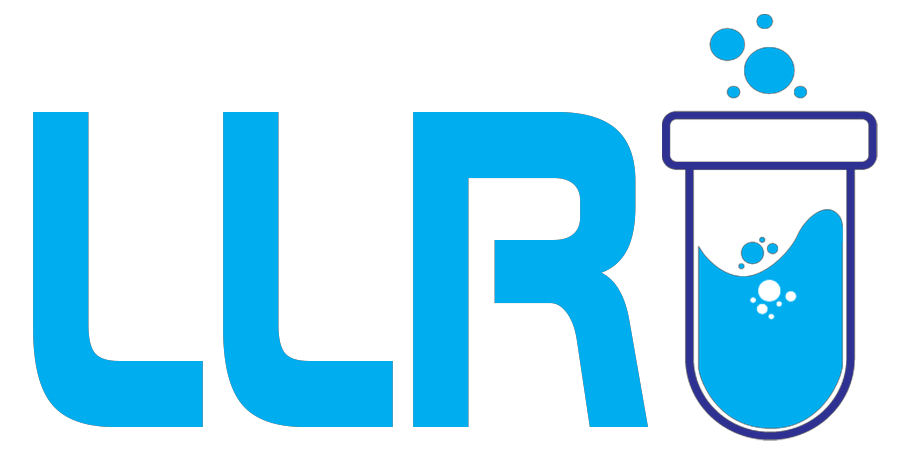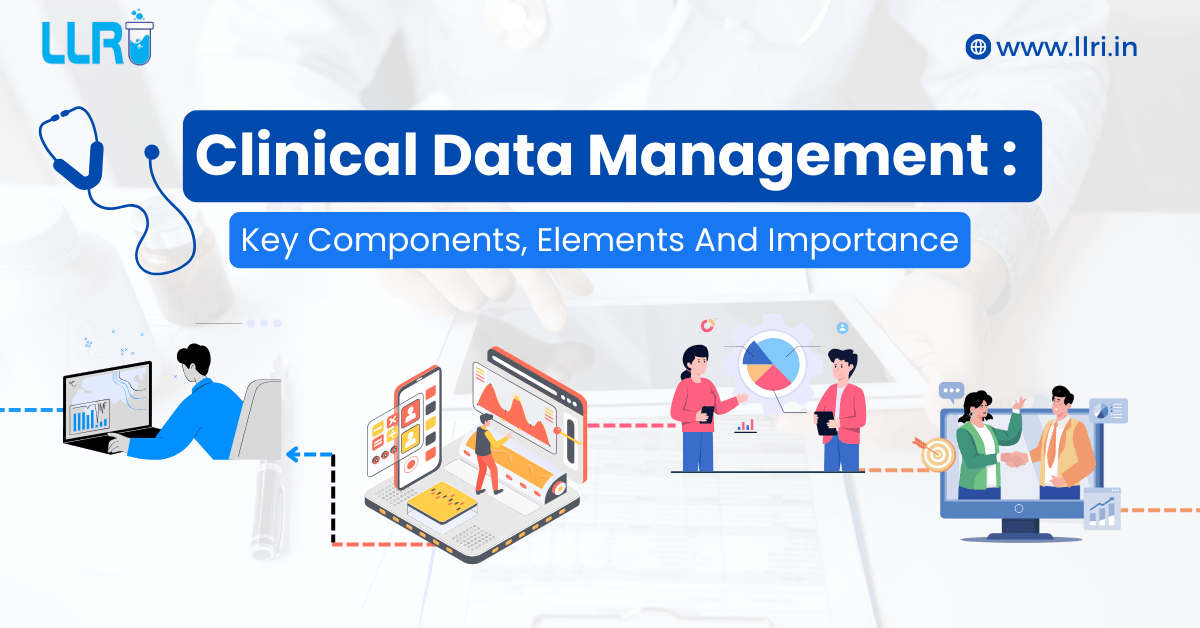Clinical Data Management Components: Ever wondered how we ensure the medicines we take are safe or the effectiveness of that new diet plan? It’s all about Clinical Data Management or CDM.
Clinical Data Management is one of the most important aspects of clinical research – central to the healthcare industry, as it ensures the integrity and accuracy of data collected during clinical trials. But what makes up Clinical Data Management? What are the most important clinical data management components?
This article contains the following:
- Key Components Of CDM
- Elements Of Clinical Data Management
- Importance Of Each Component Of CDM
Clinical Data Management Components: What Are The Key Components of CDM?
Clinical Data Management involves various key components that work together to maintain data integrity throughout the clinical trial process. Here are the key components of CDM:
1. Data Collection
One of the clinical data management components, data collection involves gathering data from various sources, such as patient records, lab results, and other trial-related documentation. Accurate data collection is the foundation of effective CDM.
2. Data Cleaning
Data cleaning ensures that the collected data is free from errors, inconsistencies, and duplications. This process enhances the quality and reliability of the data.
3. Data Validation
Validating the data involves checking for accuracy and consistency. This step ensures that the data meets the required standards and protocols.
4. Data Integration
Integrating data from different sources into a single database is crucial for comprehensive analysis and makes up for one of the clinical data management components. This component helps in creating a unified dataset for better insights.
5. Database Design
A well-structured database is vital for efficient data management. Proper database design facilitates easy access, retrieval, and analysis of the data.
6. Data Entry
Accurate data entry is essential to avoid errors and ensure data integrity. This component involves entering collected data into the database system.
7. Data Management Plan
A data management plan outlines the procedures and guidelines for data collection, cleaning, validation, and storage. It ensures that all processes are standardized and follow regulatory requirements.

What Is The Importance Of CDM Components?
Now that you are aware of the key components of Clinical Data Management (CDM), let’s explore the importance of each component of CDM. At a clinical research institute or any similar organization for that matter, robust data collection methods form the foundation for reliable research outcomes, highlighting the very central role of CDM:
1. Data Collection: Accurate data collection is the backbone of clinical trials. Without reliable data, the outcomes of the study can be compromised.
2. Data Cleaning: Data cleaning improves the quality of the dataset, making it more reliable for analysis and decision-making and is one of the key components of CDM.
3. Data Validation: Validating data ensures that it is accurate and consistent, which is vital for maintaining the integrity of the trial results.
4. Data Integration: Integrating data from multiple sources provides a comprehensive view, enabling more robust analysis and better insights.
5. Database Design: A well-designed database ensures efficient data management, making it easier to store, retrieve, and analyze data.
6. Data Entry: Accurate data entry prevents errors and maintains the integrity of the dataset, which is essential for reliable analysis.
7. Data Management Plan: A comprehensive data management plan ensures that all CDM activities are standardized and comply with regulatory requirements, enhancing the credibility of the trial data.
Clinical Data Management Components: 5 Elements Of Clinical Data Management
Clinical Data Management components are supported by several critical elements that ensure the effective management of clinical data. Here are some of the primary elements of CDM:
1. Standard Operating Procedures (SOPs)
- SOPs: Detailed, written instructions to achieve uniformity in the performance of specific functions.
2. Regulatory Compliance
- Adherence to guidelines: Following guidelines from regulatory bodies like the FDA, EMA, etc., to ensure data integrity and patient safety.
3. Data Standards
- CDISC standards: Utilizing standards from the Clinical Data Interchange Standards Consortium (CDISC) for data formatting and exchange.
4. Technology
- EDC systems: Use of Electronic Data Capture systems for efficient data entry and management.
- CDMS: Clinical Data Management Systems that support the entire CDM process.
5. Training
- Staff training: Continuous training for staff on the latest CDM practices and technologies.

On A Final Note…
CDM is more than just numbers and charts; it’s about ensuring the safety and efficacy of medical treatments through rigorous data management.
Clinical Data Management ensures that data is collected accurately, complies with regulatory standards, and supports crucial decisions about new drugs, diets, medical devices, and more. It’s the backbone of modern medical research.
To learn more about Clinical Data Management, and for expert guidance, visit us here!
FAQs
What is the basic of clinical data management?
Clinical Data Management is encompassed of all aspects of processing clinical data, utilizing various computer applications and database systems to support the collection, cleaning, and management of subject or trial data. CDM involves gathering patient health data over a specified period.
What is the CDM process?
Clinical Data Management (CDM) is the process of collecting and managing research data in line with regulatory standards to ensure the information obtained is of high quality, complete, and error-free.
What are the three phases of clinical data management?
Clinical Data Management (CDM) is a critical phase in clinical research that ensures the collection of reliable, high-quality, and statistically sound data. It consists of three main phases: start-up, conduct, and close-out.

